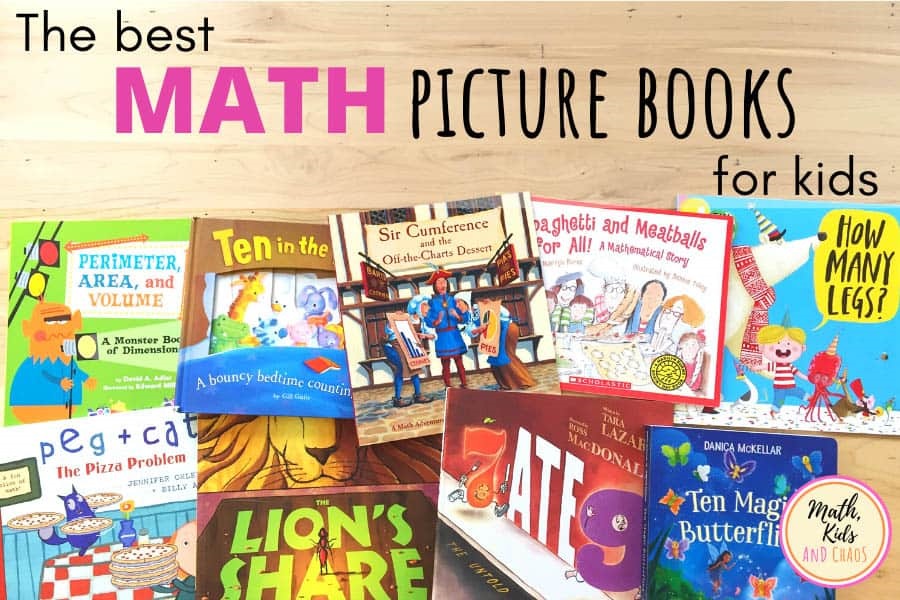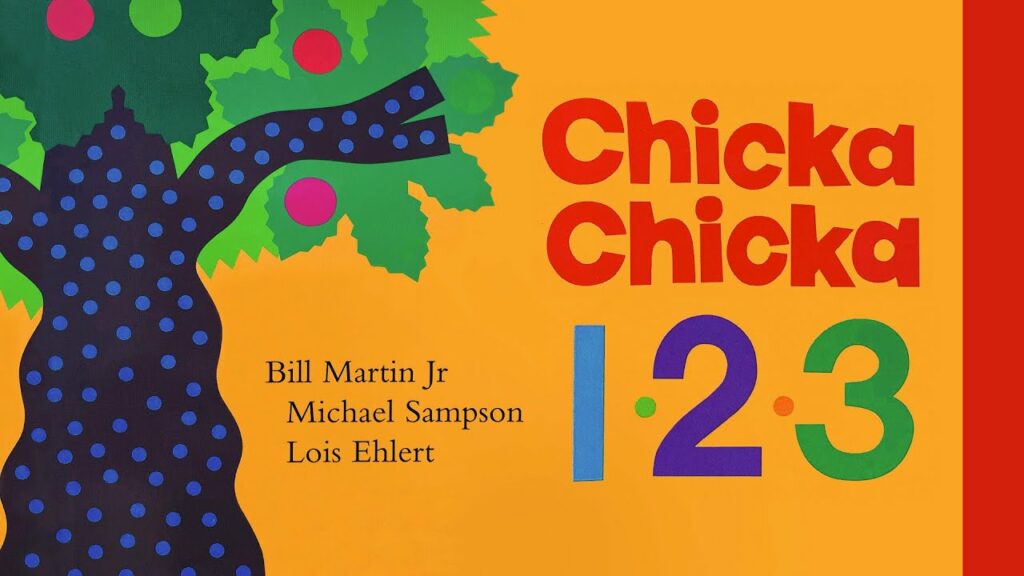Mathematics has always been viewed as a challenging subject, especially for young learners. However, research has shown that math picture books can play a crucial role in making mathematical concepts more accessible and enjoyable for children. In 2023, a study reviewed 16 different math picture books and concluded that these books help boost student engagement, improve attitudes toward math, and enhance understanding of complex concepts
This approach is especially effective in early childhood education, where visual and narrative elements can captivate young minds and foster curiosity.
The Power of Visual Math Picture Books
Visual learning is a key component in the development of mathematical skills, particularly in early childhood. Math picture books combine stories with illustrations that represent mathematical concepts, making them easier for children to grasp. These books use characters, plots, and relatable situations to introduce mathematical ideas in a way that is engaging and memorable.
One of the primary benefits of picture books is that they encourage children to predict outcomes and explore solutions to problems. This interactive approach stimulates critical thinking and problem-solving skills, laying a solid foundation for more complex mathematical learning in the future.

In math picture books, the visual cues help children understand abstract concepts like counting, shapes, and patterns. By linking images with narrative contexts, these books provide children with relatable examples that apply math in everyday situations. For example, books like The Grapes of Math use colorful illustrations and fun puzzles to teach children counting and estimation. Similarly, One Grain of Rice uses a story about rice to demonstrate the concept of exponential growth. These methods make math feel less intimidating and more relatable, even for children who struggle with traditional methods of learning.
Enhancing Engagement Through Storytelling
The storytelling aspect of math picture books also enhances engagement. Stories create emotional connections and help children visualize mathematical problems. When math is presented as part of a fun adventure or relatable problem, students are more likely to engage with the material. For example, characters might face challenges that require math-based solutions, such as solving puzzles to save the day. The blend of narrative and math fosters a more immersive learning experience, encouraging students to think creatively.
According to 2023 research, math picture books are not only effective for younger children but also benefit middle school students. Teachers have found that older students become more interested in mathematical concepts when they see them applied in story formats. This renewed interest helps students develop a more positive attitude toward math, reducing math anxiety.
Reinforcing Mathematical Concepts Through Repetition
Repetition is a key learning tool in math picture books. As children encounter mathematical concepts multiple times within the story, they reinforce their understanding through repeated exposure. The playful nature of these books allows children to practice math without feeling overwhelmed by rigid exercises. Repetition also helps children internalize math principles naturally, without the pressure of formal assessments.
For example, counting books often incorporate repeated counting sequences, allowing children to practice numbers in a relaxed setting. Books such as Chicka Chicka 1, 2, 3 or Ten Little Monkeys help children practice counting while enjoying colorful illustrations and rhythmic storytelling.

How Math Picture Books Support Teachers
For teachers, math picture books provide a versatile tool for introducing and reinforcing concepts in the classroom. These books can be used to supplement traditional lessons, helping teachers explain challenging topics in a more accessible way. Teachers can also use the books to facilitate group discussions or activities, encouraging students to work together to solve math-based problems.
Furthermore, math picture books support differentiated learning. Teachers can select books that match the varying skill levels of their students. For students who excel in math, these books offer a more creative way to explore complex concepts, while struggling students can use them to build foundational skills.
Bridging the Gap Between Literacy and Numeracy
One of the unique benefits of math picture books is their ability to bridge the gap between literacy and numeracy. Often, children who are strong in reading but weak in math can benefit from this approach. The combination of reading comprehension with math practice helps develop both skills simultaneously. This integrative approach can boost overall academic performance, as children become more confident in their abilities across subjects.
A 2023 study highlighted that children who regularly engage with math picture books show marked improvement in both their math and reading skills. The study suggests that incorporating math into literacy-based activities allows children to see math as a part of their everyday life, making it less daunting and more approachable
The Role of Parents in Math Learning
Parents play a crucial role in early childhood education, and picture books offer an excellent way for parents to participate in their child’s learning. Reading math picture books at home provides an opportunity for parents to engage with their children and reinforce the math concepts introduced in school. This shared reading experience helps children associate math with positive family interactions, making it a more enjoyable subject.
Parents can further extend the learning experience by discussing the mathematical concepts in the book and applying them to real-life situations. For instance, after reading a counting book, parents might ask their child to count objects around the house or practice simple addition during grocery shopping. This practical application of math reinforces the lessons learned from the picture books and helps children develop confidence in their math skills.
Conclusion
Math picture books are a transformative tool in early childhood education. By combining storytelling with mathematical concepts, they engage young learners, promote critical thinking, and help bridge the gap between literacy and numeracy. The use of visuals and narratives not only makes math more accessible but also cultivates a love for learning that can last a lifetime. As research continues to highlight the benefits of this approach, math picture books are becoming an increasingly valuable resource for both educators and parents.
